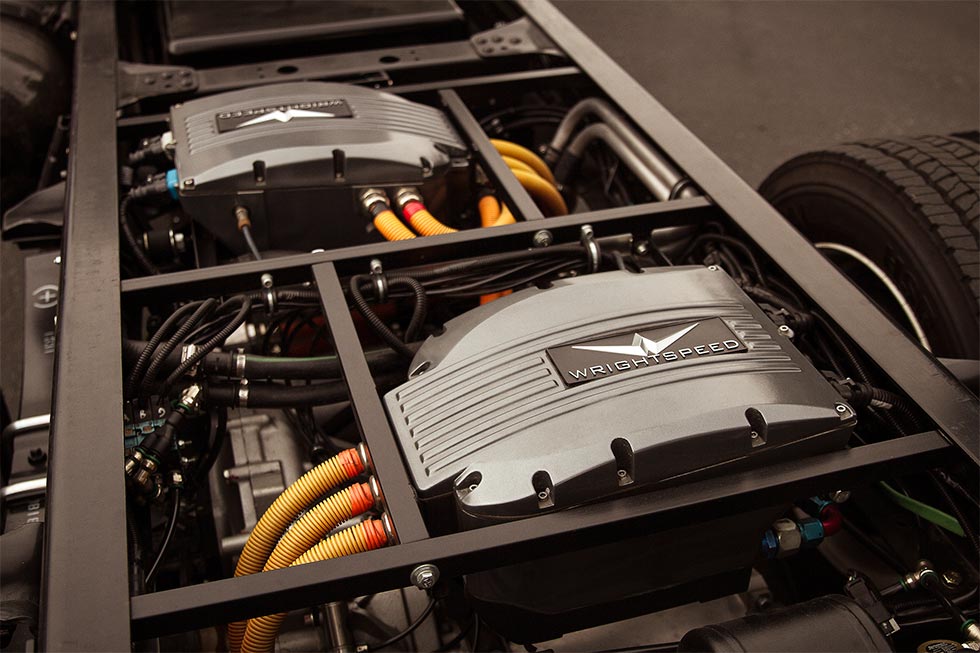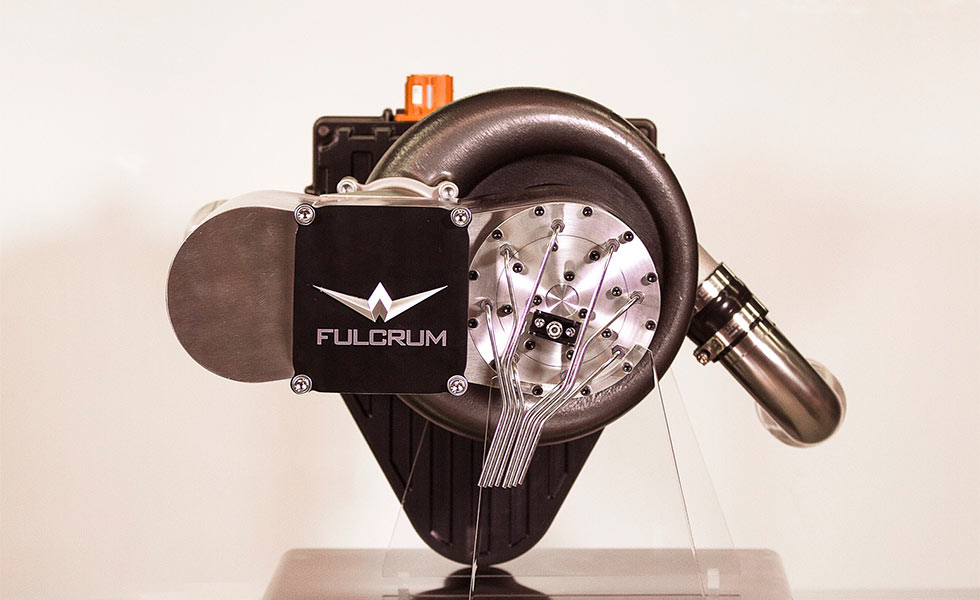Big_Rig_Stig
Gawd
- Joined
- Jan 24, 2018
- Messages
- 1,005
I used to drive flatbeds.Based on your name, i assume you have a "Haulin' Ass and Suckin Gas" t-shirt? (i have seen this in oklahoma)
And I'd KILL for one of these:
https://www.wrightspeed.com


It's well beyond time we had turbine-electric drivetrains. They've existed on trains and generation stations for ages, Citroën designed a car with a viable turbine-electric drivetrain in the early '90s that got killed by the oil companies, so there's zero excuse NOT to build them.
Besides, I hate the smell of diesel exhaust, and the carcinogens in it.
![[H]ard|Forum](/styles/hardforum/xenforo/logo_dark.png)